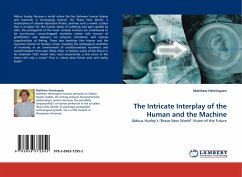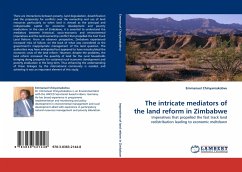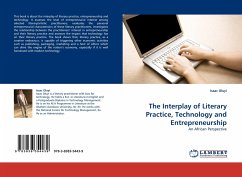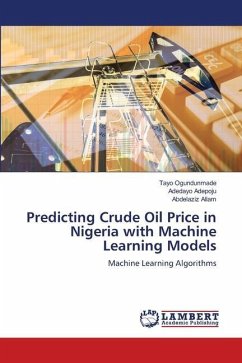Aldous Huxley foresaw a world where the line between human beings and machines is increasingly blurred. His "Brave New World," a masterpiece of utopian-dystopian fiction, portrays such a world: a place that is no-place for the human ideals of suffering and pain upheld by John, the protagonist of the novel. Instead, humans are conditioned to be non-human, soma-drugged machines whose sole sources of gratification and pleasure are physical, emotional, and sensual superficialities of feeling. These two identities (the human and the machine) interact in Huxley's novel, revealing the endangered condition of humanity in an environment of institutionalized numbness and overall freedom from pain. What, then, is Huxley's vision of the future in his landmark 1932 novel? And, most importantly, is this vision of the future still only a vision? That is, where does fiction end, and reality begin?








